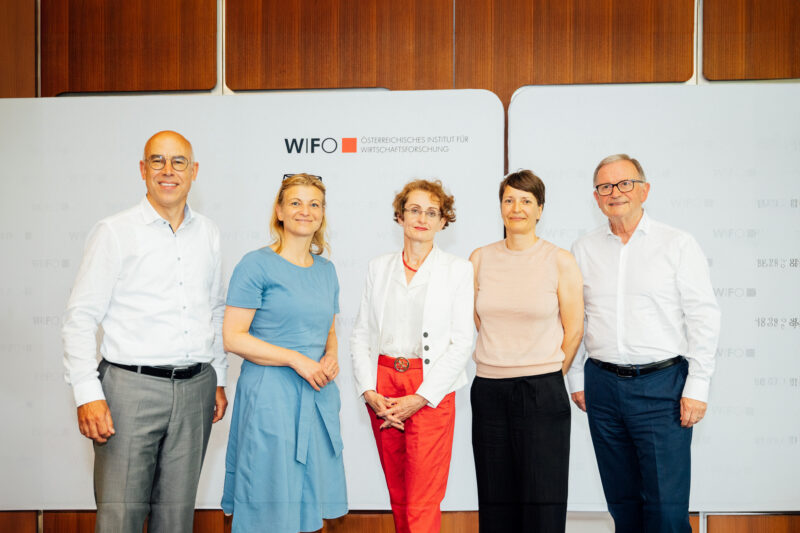
Global Economic Downturn Hits Austria
"The situation on the energy markets eased noticeably in autumn. On the futures markets, prices are expected to be significantly lower in 2023 than in summer 2022. However, there is still a risk of a renewed sharp increase in prices," says Stefan Ederer, one of the authors of the current WIFO forecast.
The international economic downturn also affected the Austrian economy in the second half of 2022. GDP is expected to decline in the winter half-year. Stimulus from foreign trade is expected to revive in spring 2023. The gradual easing on the energy markets is dampening inflation and should contribute to an improvement in sentiment over time and a pick-up in economic activity.
The global economy is currently in a weak phase. High energy and commodity prices are driving consumer price inflation in many countries and prompting a rapid tightening of monetary policy. Sentiment has deteriorated in many places and uncertainty about future developments is high. The economic downturn, which had already started earlier in the USA, is now also clearly evident in the euro area and is likely to lead to a decline in economic output there in the winter.
However, the situation on the commodity markets has eased somewhat recently. The oil price has already been falling since the summer; in autumn, higher-than-expected inventories dampened European natural gas prices. Nevertheless, these will remain elevated for the time being and will not fall noticeably until the second half of 2023. Tighter global monetary conditions will dampen demand over the forecast period, which, together with the slowdown in commodity prices, should curb inflation. This in turn should lift household and business sentiment and support economic activity. However, global economic growth will be weak in 2023 and will not pick up noticeably until 2024.
The global economic downturn also affected Austria in the third quarter of 2022. Exports and the value added of domestic industry contracted, while aggregate output stagnated. In the winter half-year 2022-23, GDP is expected to decline noticeably. Persistently high energy prices, strong price dynamics and uncertainty about future developments are depressing sentiment. Subsequently, however, the Austrian economy should recover. From spring 2023 onwards, noticeable impulses can be expected again from abroad. In addition, private consumption and investments will stabilise as uncertainty recedes and the situation on the energy markets gradually eases. The development of real wages per capita will also contribute to the revival of the economy: after declining in 2021 and 2022, they will rise again in 2023.
In 2022, Austria's GDP will grow by 4.7 percent due to the strong economic activity in the first half of the year. In 2023, however, economic output will largely stagnate (+0.3 percent) and only return to significant growth in 2024 (+1.8 percent).
The situation on the labour market remains favourable and is expected to deteriorate only temporarily as a result of the economic downturn. After a significant decline in 2022 (6.3 percent), the unemployment rate will rise slightly to 6.5 percent in 2023 due to weaker employment dynamics and fall back to 6.2 percent in 2024.
Inflation is likely to have already peaked. Consumer prices will rise by 8.5 percent in 2022. In 2023, inflation will slow to 6.5 percent. The gradual decline in energy prices dampens inflation despite high wage increases; in 2024, consumer prices will thus only rise by 3.2 percent.
The favourable labour market situation and the expiry of the COVID-19 support measures improve the fiscal balance in 2022. In the following years, the deficit is expected to fall well below the Maastricht limit of 3 percent of GDP again, as a number of support measures to cushion the rise in energy prices are discontinued and economic activity gradually picks up again.
























